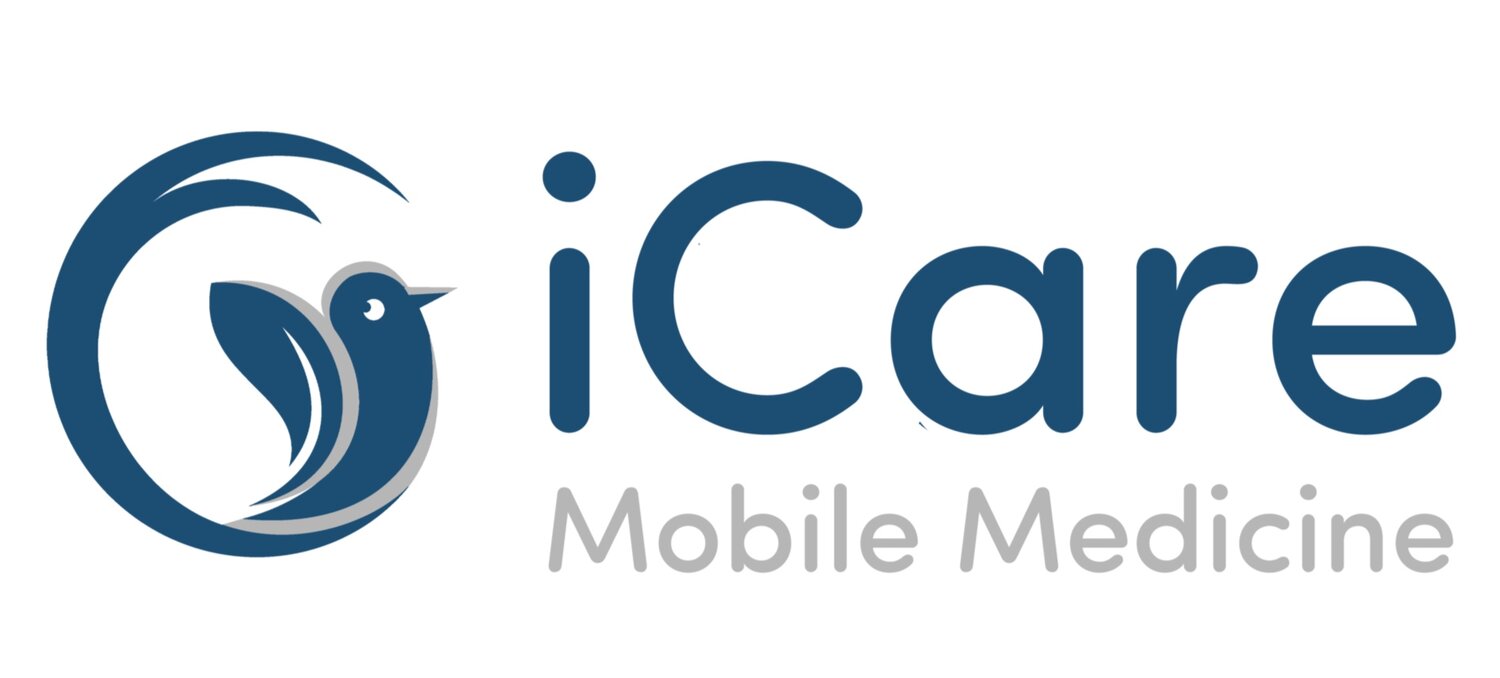Sore throat
What is a sore throat?
A sore throat is pain, scratchiness or irritation of the throat that often worsens when you swallow. The most common cause of a sore throat (pharyngitis) is a viral infection, such as a cold or the flu. A sore throat caused by a virus resolves on its own.
Strep throat (streptococcal infection), a less common type of sore throat caused by bacteria, requires treatment with antibiotics to prevent complications. Other less common causes of sore throat might require more complex treatment.
Symptoms
Symptoms of a sore throat can vary depending on the cause. Signs and symptoms might include:
Pain or a scratchy sensation in the throat
Pain that worsens with swallowing or talking
Difficulty swallowing
Sore, swollen glands in your neck or jaw
Swollen, red tonsils
White patches or pus on your tonsils
A hoarse or muffled voice
Infections causing a sore throat might result in other signs and symptoms, including:
Fever
Cough
Runny nose
Sneezing
Body aches
Headache
Nausea or vomiting
When to seek care
Take your child to a doctor if your child's sore throat doesn't go away with the first drink in the morning, recommends the American Academy of Pediatrics.
Get immediate care if your child has severe signs and symptoms such as:
Difficulty breathing
Difficulty swallowing
Unusual drooling, which might indicate an inability to swallow
If you're an adult, see your doctor if you have a sore throat and any of the following associated problems, according to the American Academy of Otolaryngology — Head and Neck Surgery:
A sore throat that is severe or lasts longer than a week
Difficulty swallowing
Difficulty breathing
Difficulty opening your mouth
Joint pain
Earache
Rash
Fever higher than 101 F (38.3 C)
Blood in your saliva or phlegm
Frequently recurring sore throats
A lump in your neck
Hoarseness lasting more than two weeks
Swelling in your neck or face
Resources:
